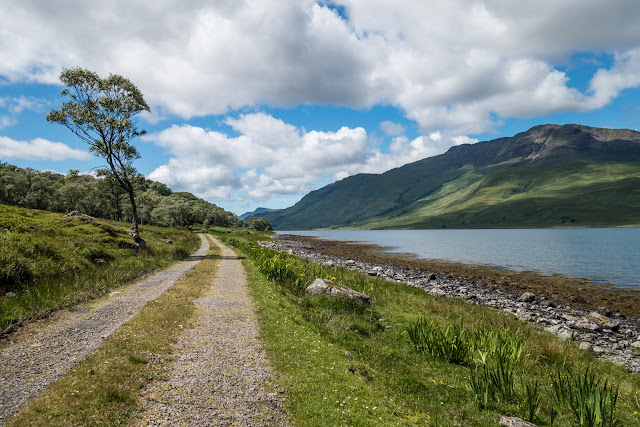Hares of Havergate Island
Just off the mainland, south of one of Suffolk’s most popular tourist hotspots lies a rare and special landscape that most casual visitors probably have no idea even exists. The British coast boasts more than 6,000 islands, but only one of them is in Suffolk.
Across the River Ore from Orford Ness, it's far more obvious and famous neighbour, Havergate Island is, in many ways, a bundle of contradictions. Just a 20-minute boat ride from the quay at Orford!
These days, no-one lives on Havergate except an abundance of wildlife. It’s been an RSPB nature reserve since just after the Second World War – and what a reserve it is.
Along with Minsmere, it was the first place in Britain for avocets to breed in 100 years, and is a magnet for exotic spoonbills and migrant waders.
Then there are the hares, probably first brought to the island as a food source when it was inhabited by farmers. Numbers were depleted in the storm surge of 2013, but they’re still a Havergate speciality.
It was to see the hares that we booked our place on the small boat to make the 20 minute journey, in the hope of at least a few photographs.
The small vessel we travelled on.
This shot taken as we were boarding to leave the island. Orford Ness in the background with it`s Cold War structures on it.
Orford Ness was used a lot for military purposes but these are from the height of the Cold War when the Atomic Weapons Research Establishment and the Royal Aircraft Establishment (AWRE) used Orford Ness for development work on the atomic bomb. Continuing all the way through the 1960s ominous half-buried concrete structures were built to contain these most lethal of weapons.
A visit another day I think.

Well, we had been on the island for quite a while at the various hides, but it was hares we wanted to see. Arriving at the area where we were most likely to see them, we began to wonder if we would be lucky when suddenly - there they were. Where do I point the camera being the big decision!

Sometimes they were so close that I struggled to remember to quickly zoom in - resulting in several images with chopped ears and feet!


In the end I was quite happy with the resulting images. Even if I had taken nothing, it was a privilege to see them so close and in their natural surroundings.

A little history:
Before 1948 Havergate was farmed by local marsh keepers, who recognised the potential of its rich, silty soil.They built walls and embankments against tidal flooding, inhabited the island and introduced livestock to graze the site.
At the beginning of the 20th century, Havergate was owned by a Mr Fisk, and a cottage on the island housed the Brinkley family, who eked out a living growing crops and tending wildlife. In the early 1920s, a gravel company moved in to extract shingle, which was taken down to the shore in railway buggies powered by electricity and transferred onto Thames barges.
The remains of the extraction pits, tracks and some buggies can still be seen. By the end of the 1920s Havergate was no longer inhabited, but cattle were still brought over to graze in summer, swum over at low tide, until a barge was eventually constructed to ferry them across.
Throughout the Second World War Havergate was left unattended, something which is thought to have led to the failure of sluices that had been installed to prevent flooding and stop the island being reclaimed by the tide. The walls and embankments eventually collapsed, allowing the island to be flooded in several places.
Ironically, this flooding created perfect conditions for a bird that hadn’t bred in Britain for 100 years, the avocet. Avocets were discovered nesting on the island in 1947, leading the RSPB to purchase Havergate in 1948 and to appoint warden Reg Partridge, who began the task of rebuilding the river walls and creating the lagoons that can now be seen today.
It was a great day, and well worth the visit.




Comments